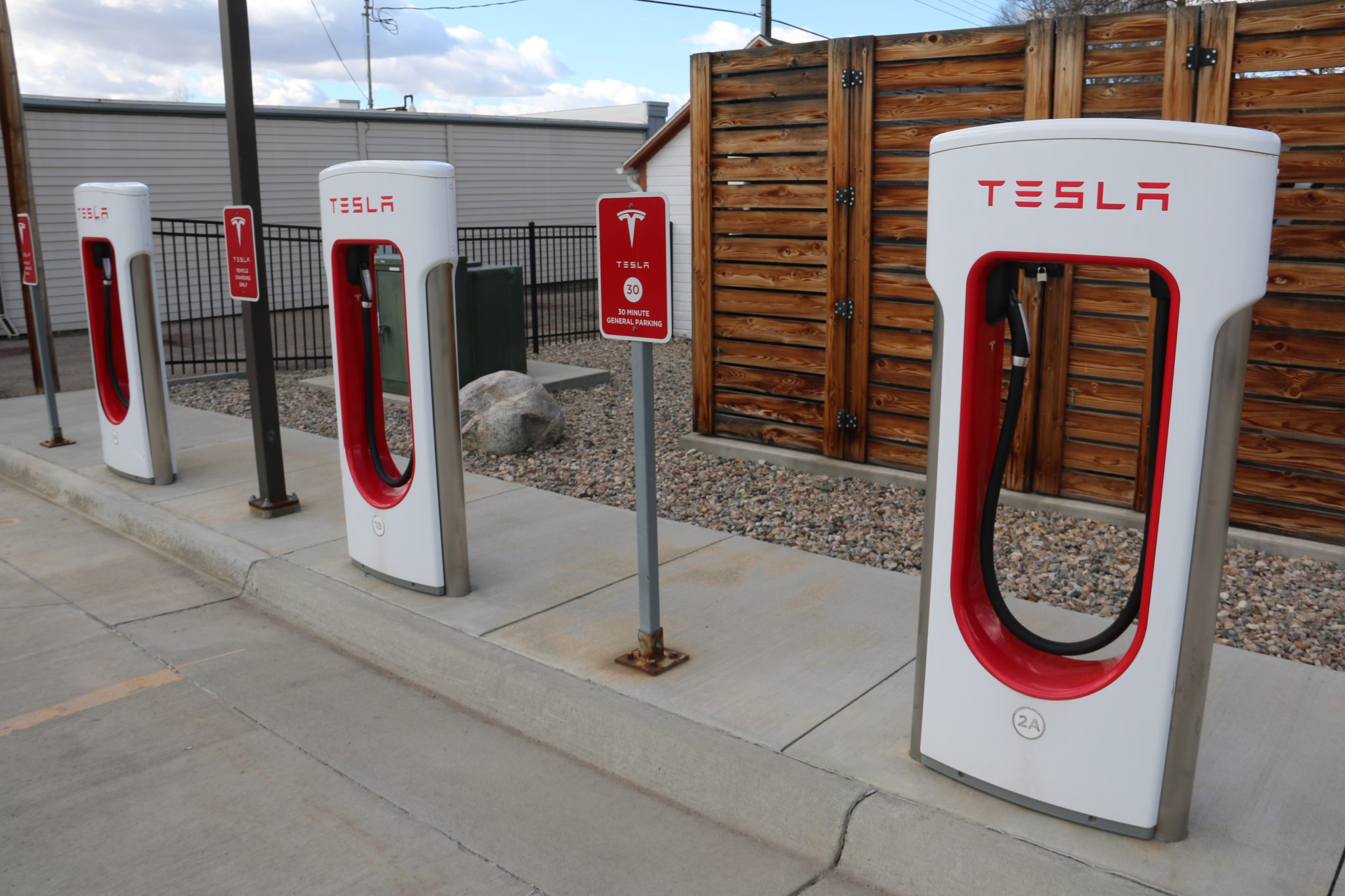News
WYDOT NEVI Plan Available For Public Comment

The federal Infrastructure Investment and Jobs Act (IIJA) allocated funding for electric vehicle charging infrastructure through the NEVI program, which will install electric vehicle charging infrastructure along key corridors throughout the nation.
Wyoming is allocated almost $24 million over five years for charging infrastructure along its federally-designated alternative fuel corridors: Interstate 80, Interstate 25 and Interstate 90.
Once the Federal Government has certified the EV infrastructure build-out along the interstates, any remaining funding can be spent in areas outside of the interstates.
This funding cannot be spent on roads or bridges, and no state funding will be used to install, operate or maintain the NEVI EV chargers.
As the plan states, Wyoming is seeking an exemption to the initial Federal requirements that the stations be placed every 50 miles and a maximum of one mile from an exit.
These exemptions are based on feedback from public meetings in April, consideration of Wyoming’s rural routes and limited initial EV adoption rates, and system economic viability.
“We think this is a common-sense approach to bringing this infrastructure to Wyoming,” said WYDOT Director Luke Reiner. “We want any traveler, local or tourist, to be able to drive in our great state without worrying about whether the infrastructure is in place to support the type of vehicle they choose to drive.”
Additionally, Wyoming seeks to use NEVI funding to facilitate travel to popular tourist destinations. Tourism is the state’s second-largest industry, and major tourism destinations like Yellowstone National Park are off-corridor.
Exact locations for charging infrastructure will be determined via a formal request for proposal process, with more details to be announced.
“The Wyoming Energy Authority’s objective is to promote and expand the Wyoming all-of-the-above energy economy,” said Kaeci Daniels of the Wyoming Energy Authority. “Successful execution of the NEVI Plan will offer more opportunities to use our existing energy infrastructure, create room for energy investment through boosted demand, and provide an arena to test innovative and emerging energy technologies.”
The plan will be edited as needed and submitted to the Federal Joint Office, comprised of the U.S. Department of Transportation and the U.S. Department of Energy, for approval before the August 1 deadline.
Once approved, the state will begin the request for proposal process for installation.
Click here to submit a public comment.
Comments will be accepted until the end of the business day on July 27.

